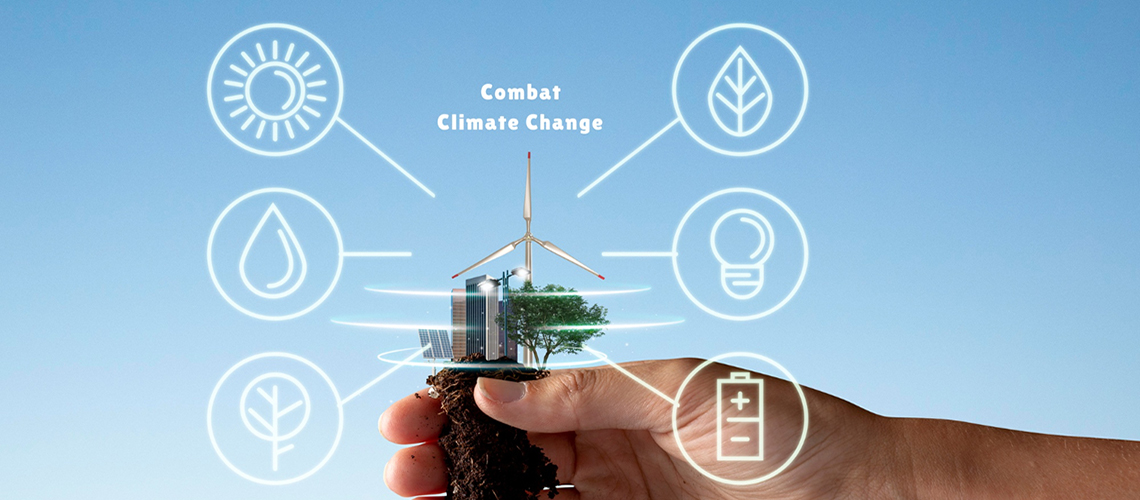Clean Energy Revolution: How JIRE is Contributing to India’s Transition to Renewables

When we talk about the future, it’s no longer just flying cars and space tourism. A sustainable future is what the world is truly chasing, one where clean air, green energy, and climate responsibility aren’t just ideals, but everyday realities. In this journey, India is making bold moves to shift away from traditional fossil fuels toward cleaner, greener alternatives.
Today, India ranks among the top countries investing in solar, wind, and other forms of renewable energy. With the Indian government setting an ambitious target of 500 GW of non-fossil fuel capacity by 2030, we’re looking at a massive overhaul in how the nation generates and uses power.
Jindal India Renewable Energy Limited (JIRE), a forward-looking venture by the BC Jindal Group, is aligning itself with this national mission. While it isn’t manufacturing just yet, JIRE is actively exploring and investing in solar and wind energy, two of India’s most promising renewable resources. Instead of rushing into production, we’re laying the foundation for long-term impact. Here’s how we’re doing things differently.
Investing in Wind and Solar: Powering India with Nature
When it comes to clean energy, putting all your eggs in one basket isn’t the smartest strategy. That’s why JIRE is taking a balanced approach by actively exploring opportunities in both wind and solar energy.
Let’s start with wind. India is home to some of the world’s best wind corridors, especially in Tamil Nadu, Gujarat, and Maharashtra. These regions offer steady, high-speed winds that are perfect for generating large amounts of clean electricity. JIRE is currently identifying prime locations, analysing wind patterns, and building partnerships to eventually set up efficient, large-scale wind energy projects.
At the same time, solar energy is another powerful focus area. With over 300 sunny days a year in most parts of India, the sun is a resource we simply can’t ignore. JIRE is looking into solar energy solutions as part of its broader clean energy strategy. The goal is clear: to create a renewable energy plant portfolio that’s smart, sustainable, and scalable.
Building a Smarter, Cleaner Energy Ecosystem
One of the biggest challenges with renewable energy isn't just producing it, it's making sure the power reaches where it's needed, when it's needed. After all, the sun doesn't shine at night, and the wind isn’t always predictable. This is where hybrid renewable energy systems and battery energy storage systems (BESS) come into play, and where Jindal India Renewable Energy Limited is thinking ahead.
Rather than depending on a single source, hybrid systems combine solar and wind energy to balance out supply. On sunny days, solar panels do the heavy lifting. When clouds roll in or night falls, wind turbines can take over and vice versa. This blend helps ensure a more reliable and continuous power supply, especially in areas where access to the grid may be limited or inconsistent.
But even with hybrid systems, there can be times when energy is produced but not immediately used. That’s where battery energy storage systems come in. These storage solutions act like a power bank, storing excess energy generated during peak hours and releasing it when demand spikes or natural generation dips. It's a smart way to make sure no clean energy goes to waste.
JIRE understands that to truly drive the clean energy revolution, generation isn’t enough; integration is key. That’s why we’re exploring how hybrid renewable energy plants paired with advanced storage solutions can create a more stable, scalable, and sustainable energy ecosystem.
The Road Ahead
India’s transition to renewables is picking up pace, and Jindal India Renewable Energy Limited (JIRE) is gearing up to play a pivotal role. With a clear focus on solar and wind energy, and an eye on hybrid systems and battery energy storage solutions, JIRE is laying the groundwork for a smarter, more reliable renewable energy future. By blending natural power sources with smart technology, we are contributing to India’s shift toward a sustainable future, one where energy is clean, consistent, and ready for tomorrow.